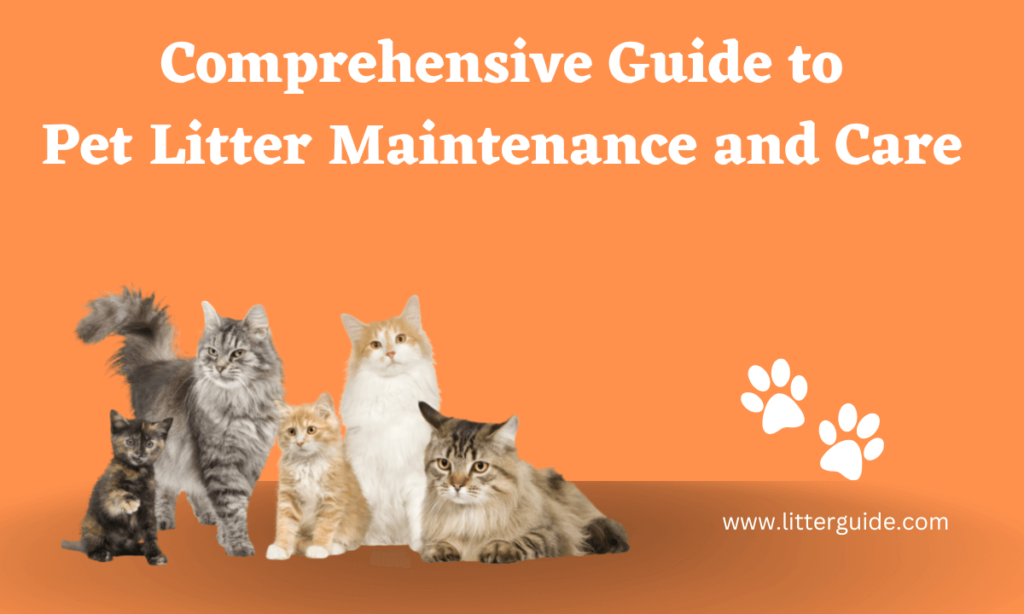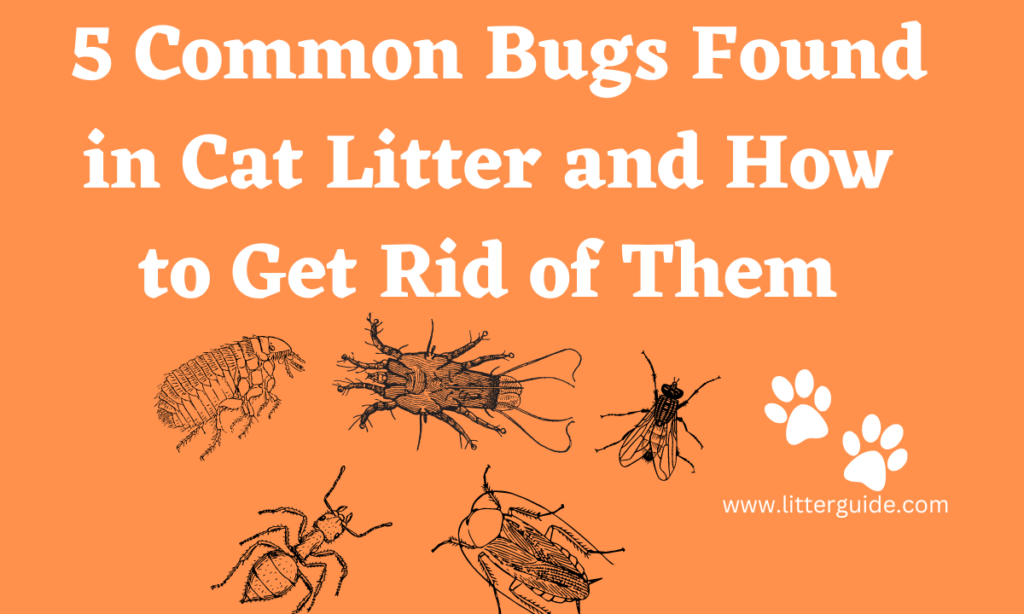Introduction
As a cat owner, if you’re looking for an alternative to commercial cat litter, you may be considering using dirt as a natural option. Dirt, also known as soil, is a common and easily accessible material found in your garden or backyard. It’s no surprise that it’s a popular choice among cat owners who prefer an eco-friendly, low-cost, and sustainable solution for their furry companions.
However, before you start filling up your cat’s litter box with soil, it’s essential to consider its safety and effectiveness. Although it may seem like a harmless choice, using dirt as cat litter has its pros and cons. In this article, we will explore the advantages and disadvantages of using dirt as a cat litter and provide you with essential information to make an informed decision for your feline friend.
Types of Dirt for Cat Litter:
Topsoil:
Topsoil is the upper layer of soil, which is rich in organic matter and nutrients. It can be an effective option for cat litter, as it has good absorbency and natural odor control properties. However, it may be too dense for some cats, and it may require more frequent cleaning than traditional cat litter.
Sand:
Sand is a granular material that is commonly used for litter boxes. It has good absorbency and is easy to scoop and clean. However, it may not be suitable for cats that like to dig or bury their waste, as it can be difficult to sift through.
Clay Soil:
Clay soil is a dense and compact type of soil that can be effective for cat litter. It has excellent absorbency and odor control properties. However, it can be heavy and messy, and it may not be eco-friendly.
Vermiculite:
Vermiculite is a lightweight, absorbent material that is commonly used in gardening. It can be a good option for cat litter, as it is easy to clean and has good odor control properties. However, it may be too lightweight for some cats, and it may not be as absorbent as traditional cat litter.
Compost:
Compost is a nutrient-rich material that is created by decomposing organic matter. It can be a sustainable and eco-friendly option for cat litter, as it is biodegradable and can be easily disposed of in a compost bin. However, it may not have the same level of odor control as traditional cat litter, and it may attract pests.
Choosing the Right Type of Dirt for Cat Litter:
When choosing the type of dirt for your cat litter, it’s important to consider your cat’s preferences and needs, as well as your own lifestyle and values. Some cats may prefer a certain texture or consistency, while others may be more sensitive to smells or textures. Additionally, you may want to choose a type of dirt that is eco-friendly and sustainable, if that is important to you.
Advantages and Dis-advantages of Using Dirt as Cat Litter
Advantages:
Natural and Biodegradable:
Dirt is a natural and renewable resource that can be found in your backyard or nearby parks. As a result, it is an eco-friendly option that won’t contribute to the accumulation of non-biodegradable waste in landfills. Additionally, dirt can be composted or disposed of in
a way that doesn’t harm the environment.Budget-Friendly:
Compared to commercial cat litter, dirt is a cost-effective alternative. It is widely available and can often be obtained for free, which is great news for cat owners on a tight budget.
Easy to Dispose of:
When it comes to disposing of used litter, dirt can be easily dispose of by either burying it or adding it to a compost pile. This makes it an excellent option for those looking for a hassle-free way to dispose of used litter.
Absorbent:
Dirt can absorb moisture and odor effectively, keeping your cat’s litter box clean and fresh. This is because it contains a high concentration of organic matter, such as decomposed leaves and animal waste, which naturally absorb moisture and odor.
Non-Toxic:
Dirt is a natural and non-toxic material that doesn’t contain any harmful chemicals or additives that can harm your cat. This makes it a safe option for pet owners who are concerned about their cat’s health.
Disadvantages:
-
Messy:
Dirt can be messy and may track out of the litter box, making it challenging to clean up. This is because it doesn’t clump like commercial litter, which can make it more difficult to scoop.
-
Not Suitable for All Cats:
Some cats may not prefer dirt as litter and may refuse to use it. This is especially true for cats that are used to using commercial litter, as they may find the texture and smell of dirt unpleasant.
-
Potential for Bacterial Growth:
Dirt can harbor bacteria, which can pose a health risk to your cat if not properly cleaned and maintained. This is because dirt contains organic matter, which can provide a breeding ground for bacteria.
-
Limited Availability:
While dirt is widely available, not all types of dirt are suitable for use as cat litter. For example, dirt that contains clay or sand may not be absorbent and can be harmful to your cat’s health. It is important to choose the right type of dirt to ensure your cat’s safety and comfort.
-
Unpleasant Odor:
Dirt can produce an unpleasant odor, especially when it becomes wet. This can be off-putting for some cat owners, and may make them less likely to choose dirt as a litter option.
Conclusion:
Using dirt as a cat litter can be a natural, eco-friendly, and cost-effective solution for cat owners who are looking for an alternative to commercial cat litter. However, it is important to consider its safety and effectiveness, and to choose the right type of dirt that suits your cat’s preferences and needs. While dirt is absorbent, non-toxic, and easy to dispose of, it can also be messy, may not be suitable for all cats, and can harbor bacteria if not properly cleaned and maintained. Ultimately, the decision to use dirt as cat litter will depend on your personal preferences, lifestyle, and values, as well as your cat’s individual needs and habits.



